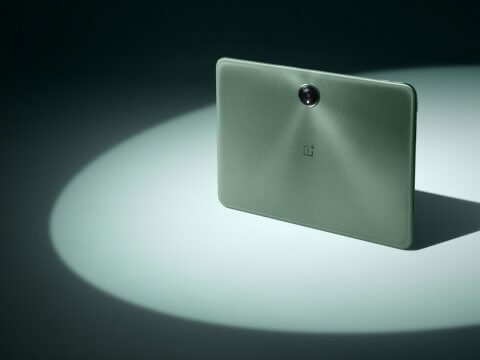 Elon Musk’s own social network X is rolling out the ability to make audio and video calls from the app to its Android client, TechCrunch reported.
Elon Musk’s own social network X is rolling out the ability to make audio and video calls from the app to its Android client, TechCrunch reported.
One of the engineers working on the project posted about the feature release and said it would be available to Android users after an app update.
According to TechCrunch, in August 2023, CEO Linda Yaccarino first talked about introducing video calls to the platform and eventually rolled it out to iOS users in October.
Notably, any user can receive a call but only paid users can place a call. It’s one of the long list of things only paid users can do on X. However, X removed the ability for premium users to set an NFT as a profile picture earlier in the month.
X, formerly known as Twitter, provided information about Audio and Video calls:
We’re releasing a new way of communicating on X, Audio and Video calling. Audio and Video calling is now available on iOS and Android.
The basics
* Premium subscribers have the ability to make audio and video calls.
* All accounts are able to receive calls.
* You’re able to control who can call you from the Direct Messages Settings.
* By default you’re able to receive calls from accounts you follow or have in your address book (if you’ve previously given us access to your address book).
* To be able to call another user, they must have sent you a direct message at least once before.
On Android, you need to have push notifications enabled to get notified when you get a call.
To make an audio or video call
* Tap the envelope icon. You’ll be directed to your messages.
* Tap an existing DM conversation or start a new conversation.
* Tap on the phone icon, from there you can;
* Tap Audio call to start an audio call
* Tap Video to start a video call
* The account that you call will receive a notification that you’re calling them and if they don’t pick up they’ll get a notification that they missed a call.
After that, there are descriptions of how to manage an audio call or a video call. X users are able to control who can call them. There is the option of being able to choose who is able to call you. You can receive calls from: people in your address book, people you know, or verified users.
Mashable reported that in order to call someone on X/Twitter, you must be a Premium users (paying $8 per month) – or Premium+, which will set users back $16 per month – if they’d like to make a call. However, any user can receive audio and video calls on X. Only the user placing the call has to pay.
Personally, I’m not a fan of this at all. There is ample room for Premium or Premium+ users to use their call to harass people or to send threatening audio or video messages. I also don’t like the idea of giving X/Twitter my voice.




 Google’s
Google’s 

 Google has
Google has  Those who choose to travel during this holiday season should make an effort to keep a close watch on their baggage or carry-on items. Previously, Apple gave iOS users the ability to use AirTags to keep track of their stuff, and to identify when an AirTag has been placed on their stuff by a stranger. Now, Android users will have the same ability to protect themselves.
Those who choose to travel during this holiday season should make an effort to keep a close watch on their baggage or carry-on items. Previously, Apple gave iOS users the ability to use AirTags to keep track of their stuff, and to identify when an AirTag has been placed on their stuff by a stranger. Now, Android users will have the same ability to protect themselves.